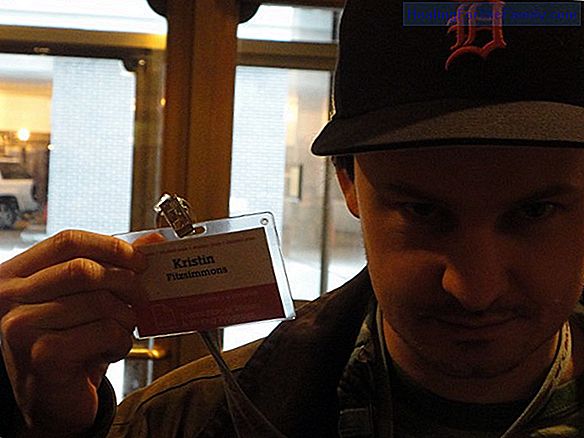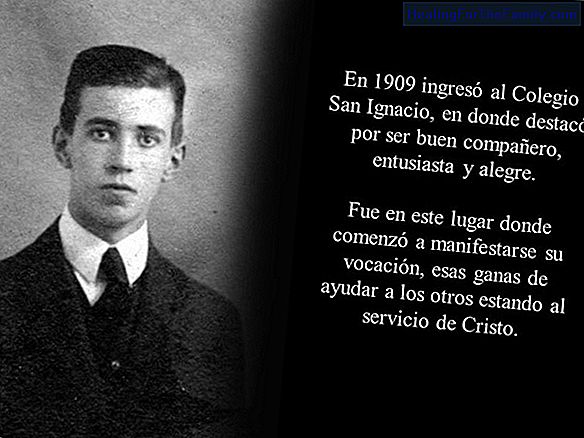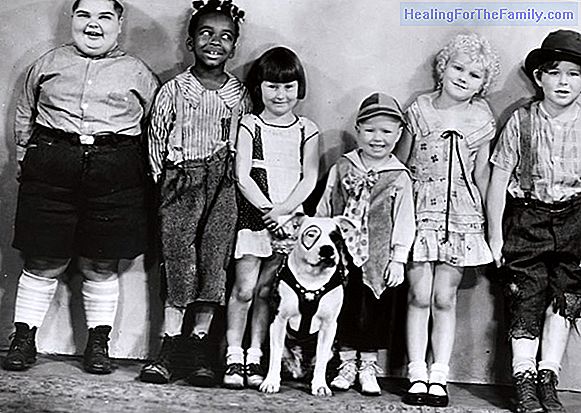How to prevent sunstroke in children
After intense or prolonged exposure to the sun, what is called 'sunstroke' may occur. It is characterized by nausea, vomiting, weakness, headache, increased body temperature and even muscle fiber alteration. Why insolation occurs in children Heat stroke happens because the body is not able to mainta
After intense or prolonged exposure to the sun, what is called 'sunstroke' may occur. It is characterized by nausea, vomiting, weakness, headache, increased body temperature and even muscle fiber alteration.
Why insolation occurs in children

Heat stroke happens because the body is not able to maintain a low body temperature, since in conditions of high heat and humidity body sweating is slower and difficult heat loss.
In the most serious cases such as 'heat stroke', analytical alterations, deterioration of the level of consciousness, muscle cramps or even convulsions can occur.
What to do in case of child insolation
What should we do if we suspect sunstroke? We must place the person in a shady place and administer fresh drinks.
Some medications can increase the risk of heat stroke (in general, they are medicines used in adults). You can ask your pediatrician if you have any doubts about whether the medication you administer to your child may increase this risk.
Tips to prevent heat stroke in children
1. Wearing wide clothing, with soft and light materials and light colors.
2. Protecting yourself from the sun with hats or umbrellas.
3. Using sunscreen with a protection factor greater than 30.
4. Drinking enough liquid before starting any outdoor activity, and drinking extra water all day.
5. Programming outdoor activities at low hot hours (before 10 o'clock in the morning or after 6 o'clock in the afternoon).
6. During an outdoor activity it is advisable to take small breaks and drink liquid every 15 or 20 minutes, even if you are not thirsty.












